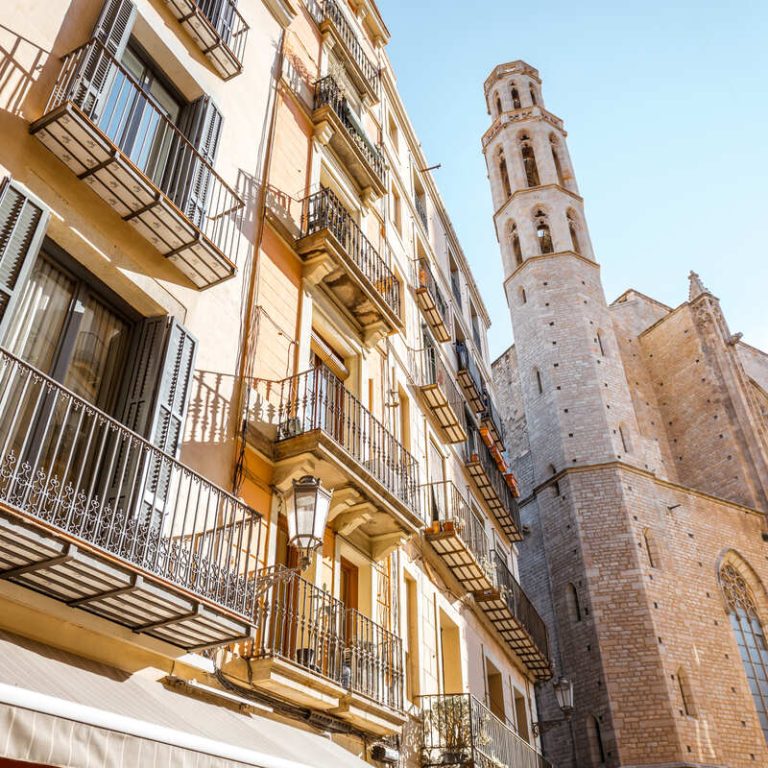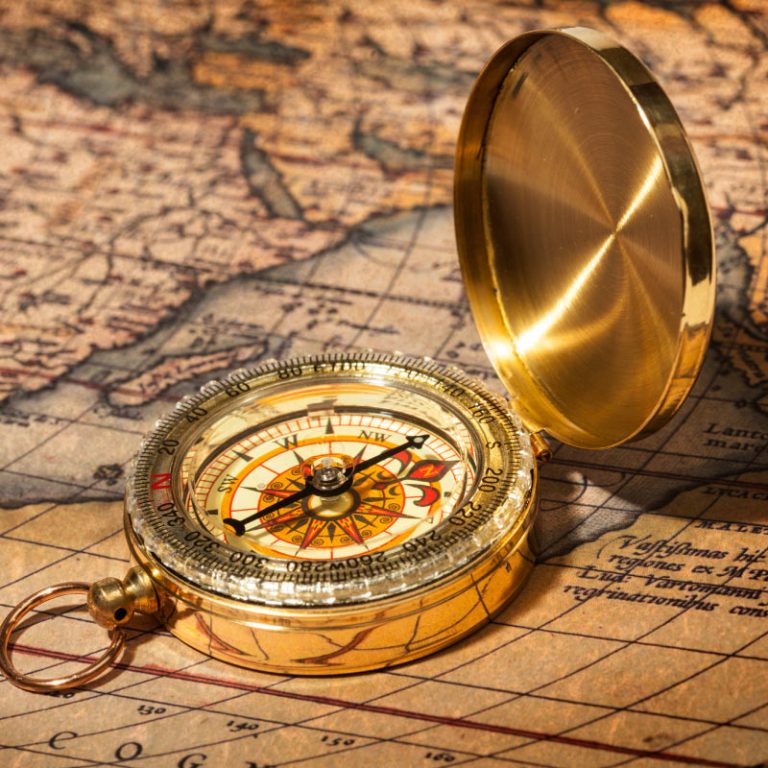What comes to mind when you think of great conspiracy fiction?
Is it a religious-historical thriller like The Da Vinci Code? A dystopian classic like Nineteen Eighty-Four or Brave New World? The work of Katherine Neville?
Whatever your answer, what criteria do you use to distinguish something that is truly special?
For me, a few criteria stand out:
1) First and foremost, does the novel illuminate something important about the human condition? In this sense, I lean heavily toward literature that sticks in my head and gives me an enriched sense of the world. While slick genre fiction has its place, it simply isn’t my thing. I want enduring themes and complex characters.
2) Is it grounded in truth? To get me hooked, a conspiracy thriller (especially one which purports to involve real historical events and people), must be convincing; I need evidence. I can only suspend so much disbelief.
3) Is it well-written and entertaining? While I want to learn something when I read fiction, I also want to be drawn into a compelling story. Pace and a polished narrative style are essential.
Having said that, let me apply these criteria to a few well-known books.
Dystopian Fiction
Sometimes conspiracy fiction takes us to a future where powerful groups have already achieved their dark aims. The Handmaid’s Tale, by Margaret Atwood, is a great example. Her depiction of a patriarchal, totalitarian state (as experienced through the book’s narrator, Offred) is truly terrifying.
Of course, when it comes to dystopian literature, Aldous Huxley’s Brave New World and George Orwell’s Nineteen Eighty-Four are the standard-bearers. In fact, these works are probably required reading for most high school students in the United States (or at least they were when I was a teenager).
Both books easily satisfy all my criteria for a great conspiracy novel.
Why?
With respect to Brave New World, what strikes me is how prescient Huxley was. Published in 1932, the book accurately anticipates several major changes that have become part of our modern world: in vitro fertilization, cloning, hormonal birth control; hyper consumerism; widespread promiscuity; the breakdown of the nuclear family; the rise of pharmacology as a catch-all antidote for feelings of social unease.
Huxley was surrounded by people who wanted to dramatically remake society, so it’s no surprise that the World State described in Brave New World was carefully considered by the author. His brother Julian was a member of the Fabian Society, a British socialist organization (some would say secret club) founded in 1884. The purpose of the Fabian Society is to advance principles of socialism through a gradualist approach (as opposed to the violent revolution favored by other Marxists). Prominent members of the Fabian Society during Huxley’s time were H.G. Wells, George Bernard Shaw, and Bertrand Russell. Interestingly, a glass window in the group’s headquarters shows the Fabians building a new world order with their hammers, and their coat of arms contains a wolf logo dressed in lambskin. Conspiracy at its finest!
As for George Orwell, he studied under Huxley at Eton College, and Orwell’s socialist mother had many Fabian friends, so it was probably inevitable that the famous author would be drawn to the association’s inner circle. His views of the group soured over time, however. Shortly before his death in 1950, Orwell warned that the totalitarian nightmare described in Nineteen Eighty-Four might be a glimpse of our own future. Moreover, important clues abound in his text. The title “1984” would have marked the one hundredth anniversary of the Fabian Society’s founding, and the name of Oceania’s political system in Nineteen Eighty-Four is INGSOC (English Socialism).
Was Orwell a whistleblower or a prophet (or both)?
Conspiracy Novels with Historical or Religious Themes
Some conspiracy writers look backward to tell the story of subversive groups that either existed in the past or whose plans are not yet fully effected. Dan Brown’s The Da Vinci Code is a prime example. In this bestseller, a secret society known as the Priory of Sion has been working since the year 1099 to protect the hidden bloodline of Jesus Christ and Mary Magdalene. Opposing them is a sinister “Teacher” who wants to use the Priory’s secret knowledge to take down the Vatican. The plot is a race against time to learn the truth about the Holy Grail.
Murder, secret societies, alternative religious history . . . Brown’s book is genre fiction at its best – a true page turner that was also made into a blockbuster Hollywood movie.
If we go back to my criteria for a great conspiracy novel, however, his book comes up a little short. First, it’s not meant to be literature; the characters are thinly drawn, and the book isn’t concerned with illuminating important universal themes. Also, Brown throws in bits and pieces of history (the Knights Templar, Merovingian kings, the life of Jesus Christ, famous artists such as Leonardo Da Vinci), but not enough for the reader to take the novel’s backstory seriously. Which is the point: The Da Vinci Code is a plot-driven work of commercial fiction. It’s all about entertainment. And by that measure, it is a smashing success.
Other writers have taken the opposite tack by crafting conspiracy fiction that is a dense collection of historical facts, events, and real human figures. One example that comes to mind is Foucault’s Pendulum, by Umberto Eco. At 640 pages, this novel is chock full of esoteric references to the Kabbalah, alchemy, medieval history, contemporary Italian leftism, mysticism, war, mysterious assassinations . . . page after page after page.
Huxley was surrounded by people who wanted to dramatically remake society, so it’s no surprise that the World State described in Brave New World was carefully considered by the author. His brother Julian was a member of the Fabian Society, a British socialist organization (some would say secret club) founded in 1884. The purpose of the Fabian Society is to advance principles of socialism through a gradualist approach (as opposed to the violent revolution favored by other Marxists). Prominent members of the Fabian Society during Huxley’s time were H.G. Wells, George Bernard Shaw, and Bertrand Russell. Interestingly, a glass window in the group’s headquarters shows the Fabians building a new world order with their hammers, and their coat of arms contains a wolf logo dressed in lambskin. Conspiracy at its finest!
As for George Orwell, he studied under Huxley at Eton College, and Orwell’s socialist mother had many Fabian friends, so it was probably inevitable that the famous author would be drawn to the association’s inner circle. His views of the group soured over time, however. Shortly before his death in 1950, Orwell warned that the totalitarian nightmare described in Nineteen Eighty-Four might be a glimpse of our own future. Moreover, important clues abound in his text. The title “1984” would have marked the one hundredth anniversary of the Fabian Society’s founding, and the name of Oceania’s political system in Nineteen Eighty-Four is INGSOC (English Socialism).
Was Orwell a whistleblower or a prophet (or both)?
Conspiracy Novels with Historical or Religious Themes
Some conspiracy writers look backward to tell the story of subversive groups that either existed in the past or whose plans are not yet fully effected. Dan Brown’s The Da Vinci Code is a prime example. In this bestseller, a secret society known as the Priory of Sion has been working since the year 1099 to protect the hidden bloodline of Jesus Christ and Mary Magdalene. Opposing them is a sinister “Teacher” who wants to use the Priory’s secret knowledge to take down the Vatican. The plot is a race against time to learn the truth about the Holy Grail.
Murder, secret societies, alternative religious history . . . Brown’s book is genre fiction at its best – a true page turner that was also made into a blockbuster Hollywood movie.
If we go back to my criteria for a great conspiracy novel, however, his book comes up a little short. First, it’s not meant to be literature; the characters are thinly drawn, and the book isn’t concerned with illuminating important universal themes. Also, Brown throws in bits and pieces of history (the Knights Templar, Merovingian kings, the life of Jesus Christ, famous artists such as Leonardo Da Vinci), but not enough for the reader to take the novel’s backstory seriously. Which is the point: The Da Vinci Code is a plot-driven work of commercial fiction. It’s all about entertainment. And by that measure, it is a smashing success.
Other writers have taken the opposite tack by crafting conspiracy fiction that is a dense collection of historical facts, events, and real human figures. One example that comes to mind is Foucault’s Pendulum, by Umberto Eco. At 640 pages, this novel is chock full of esoteric references to the Kabbalah, alchemy, medieval history, contemporary Italian leftism, mysticism, war, mysterious assassinations . . . page after page after page.
Eco’s background as a university professor with deep knowledge of philosophy, semiotics, and history, definitely reveals itself in Foucault’s Pendulum. This is not a beach book.
Using my criteria for judging great conspiracy fiction, Foucault’s Pendulum scores much higher than The Da Vinci Code. Eco’s novel seems to be a clever satire of those who would mine history for elaborate conspiracies. I think he’s poking fun at certain groups (twentieth-century post-structural philosophers are a good bet). By weaving together so much historical detail, Eco succeeds in getting the reader to be wary of overarching narratives.
Where Does Searching for Sky Fit in all This?
I’m not sure. My aim was to strike a balance between books like The Da Vinci Code and Foucault’s Pendulum. In other words, I wanted to write a compelling novel that explores big ideas, with real historical events, while at the same time creating a story that is accessible and entertaining to the average curious reader. That’s a tough formula.
You can judge whether I succeeded.
Let me know what you think.




